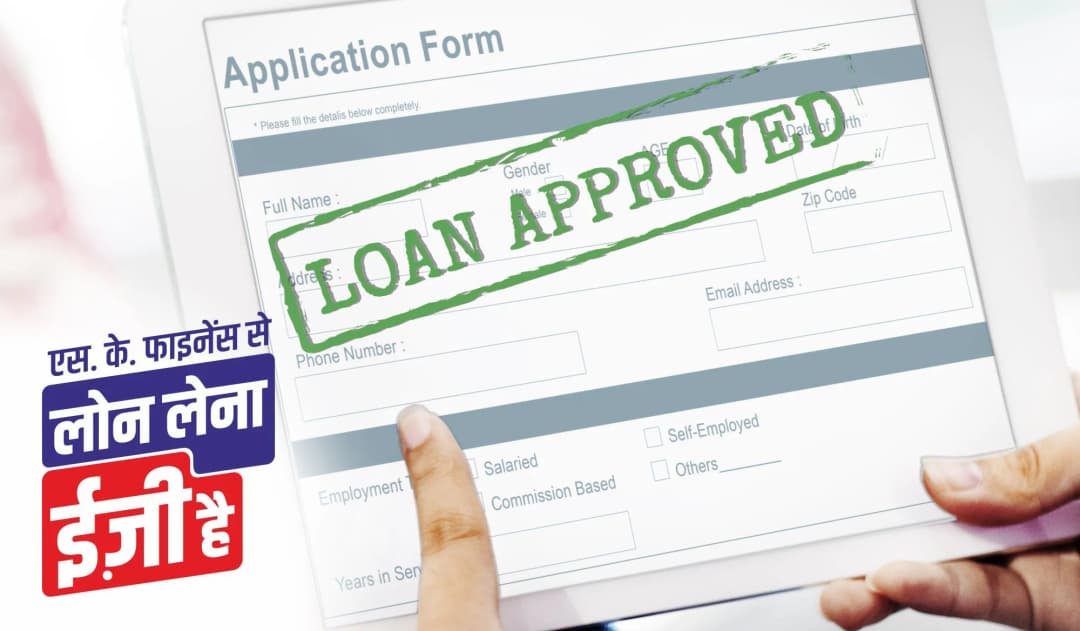When you take a loan, you can repay it through your regular EMIs during the decided loan tenure. Another way to pay it off earlier is to choose loan pre-payment, part payment, and pre-closure. Doing this also helps reduce the total amount of payable interest on your loan amount.
While these three terms 一 pre-payment, part-payment, and pre-closure 一 sound similar and are often used interchangeably, they aren’t the same. This article explains what each term means, the impact each will have on your loan repayment, and what to consider before making one of them.
What is Loan Pre-Payment?
Loan pre-payment is a facility that allows you to repay your loan in part or in full, before the scheduled due date. It lets you adjust your outstanding principal amount and lower your total payable interest amount. You may be allowed to make pre-payments multiple times during your loan tenure.
Many loan providers allow pre-payment only after a one-year lock-in. Some financiers may apply loan pre-payment charges, especially if you're paying off a large sum early in the loan tenure. These charges vary by financier and loan type.
What is Loan Part Payment?
Part payment is when you have some idle money and want to pay off a portion of your outstanding principal amount while continuing your regular EMI payments. Paying an additional lump sum reduces your loan principal amount, helping you either reduce your loan tenure or the monthly EMI amount. Some financiers allow multiple part payments annually; others may set limits or charge fees.
Part-payment is typically done using surplus funds like bonuses. When you plan strategically, loans can be the biggest drivers of your dreams.

What is Loan Pre-Closure?
Pre-closure or foreclosure means paying off the remaining loan principal amount in full before the end of the loan term. This ends your loan and stops future EMIs and interest.
The loan provider calculates the total due loan amount, interest, and pre-closure charges. Once paid, the loan is closed. Borrowers get a No Dues Certificate. For secured loans, any original documents or collateral are also returned to the borrower.
There is usually a lock-in period of one to three years for pre-closure of loans. Lenders may also initiate foreclosure in case of loan default by auctioning collateral.

Key Differences Between Pre-Payment, Part-Payment, and Pre-Closure of Loans
Here’s a quick comparison to make things easier to understand:
Features | Loan Pre-Payment | Loan Part-Payment | Loan Pre-Closure |
| What it means | Paying the entire outstanding loan amount before the scheduled tenure ends. | Paying an extra lump sum (in addition to EMIs) to reduce principal, but loan continues. | Paying an extra lump sum (in addition to EMIs) to reduce principal, but loan continues. |
| Impact | Reduces EMI or loan tenure | Reduces EMI or loan tenure | Ends the loan account completely |
| EMIs continue? | Yes / No (if pay full amount) | Yes | No |
| Any charges involved? | Possible loan pre-payment charges | Sometimes, depending on the provider | Pre-closure charges may apply |
| Best time to use it | Early in the loan term | Whenever you have surplus funds | When you can repay the full amount |
| Example | Car loan ₹8,00,000 for 5 years → After 2 years, you pay remaining ₹5,00,000 in one go. | Car loan ₹8,00,000 for 5 years → After 2 years, you pay remaining ₹5,00,000 in one go. | Car loan ₹6,00,000 for 4 years → After 18 months, you pay full outstanding and close the loan. |
Things to Consider Before Making Extra Payments on Your Loan
Before making any kind of additional payment, keep these points in mind:
- Check if your loan provider charges for part payment or early closure.
- Confirm whether your loan type (fixed or floating) allows early payments.
- Use a loan EMI calculator to see how much interest you’ll save by making pre-payment, part-payment, or pre-closure.
- Choose between reducing your EMI amount or shortening your loan tenure.
- Avoid using emergency funds unless you’re financially stable.
At SK Finance, we offer tailor-made repayment options so you can decide how to pay your loans. With no unnecessary burden, you can focus on your financial growth instead of worrying about hefty EMIs.
Knowing the difference between loan pre-payment, part payment, and pre-closure helps you manage your loan smartly. Whether you're looking to reduce your EMIs or close your loan early, choosing the right approach can save you money and improve your financial stability.
Visit our nearest branch to discuss the best loan terms and rates for your financing needs.



















































